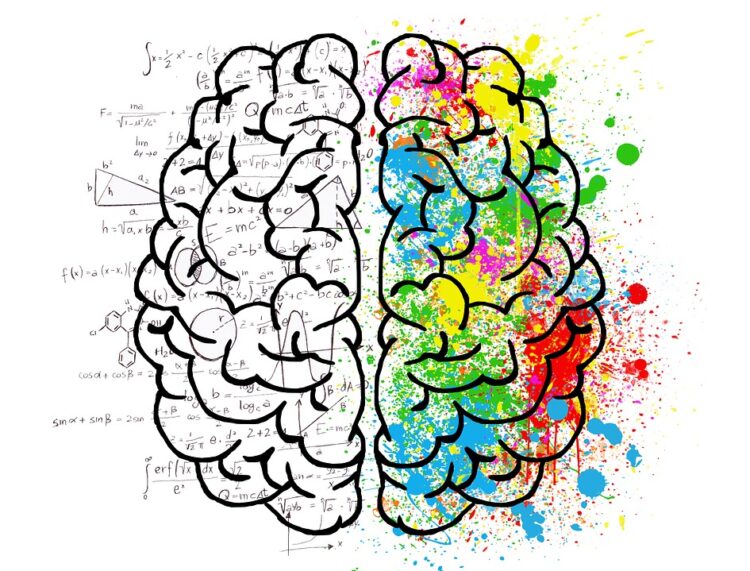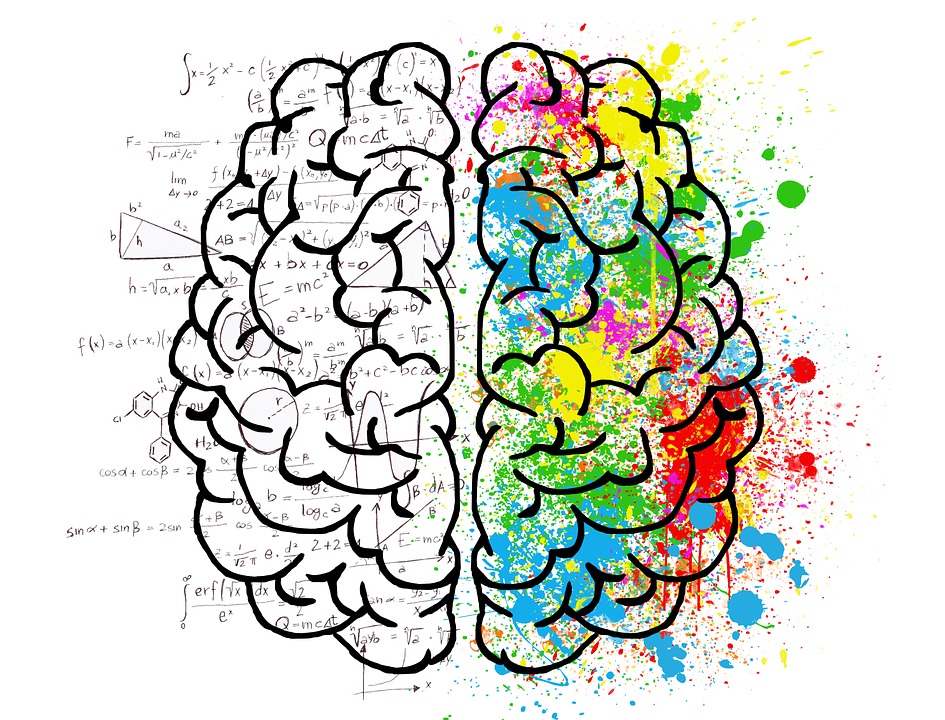Left-brain vs. right-brain. Calculated, precise, and mathematical vs. creative, flexible, and emotional. Two opposing hemispheres locked in an internal battle to determine what from within makes it out into the world.
It’s a perceived struggle that has raged on for the entirety of human existence, and for the most part, the war has been balanced. However, never has the fight been more one-sided than in the current world of business.
The dawn of the tech giants and big data has thrust us into an era of emphasis on STEM and its introduction into a person’s education as early as possible. Some argue that to be successful is to be technical. Once revered backgrounds in the humanities, arts, and social sciences are so underrepresented in the workplace that the majority of undergraduates have begun to avoid such degrees altogether for fear of being unemployable.
But to invoke a few key ideas from these forgone disciplines, the over emphasis on technical prowess in business is a tragic, and often – especially when it comes to entrepreneurship – fatal flaw.
What Can the Humanities Offer Businesses?
As with many of the concepts in the realm of the humanities, the question of what value hiring right-brained employees can add to a company has a largely open-ended answer.
This is simply because the areas where those well-versed in the liberal arts can help a company thrive – such as in understanding what customers want, how they want to be treated, and how to anticipate their future behavior – are either hard to quantify, or intangible altogether.
But understanding culture and being able to readily assess and interpret the ever-changing perspectives of society is something that can help drive successful innovation in today’s increasingly competitive marketplaces.
To substantiate this claim, look towards the startup industry’s insatiable desire for being “disruptive.” By definition, dreaming up a disruptive idea requires an ability to redefine or even create a new industry altogether. In truth, such a thing can only be achieved if one has the ability to challenge traditional theories, predict outcomes based on concepts rather than data, and then effectively communicate how and why this idea is important, to both colleagues and customers alike.
A few leaders I follow who have tapped into their humanities backgrounds in order to achieve this way of thinking are: Reid Hoffman (Founder of LinkedIn), Mike Krieger (Founder of Instagram), Chris Cox (Former Product Officer at Facebook), Marissa Mayer (Former Yahoo Head), and Scott Forstall (Creator of iOS).
The Critical Balancing Act
Does this mean having employees with technical prowess is not important in business? Definitely not.
What’s more likely is that it’s best to have people who are adept at balancing both their technical and humanist sides when making decisions.
Going back to the aforementioned individuals, all of whom were graduates of Stanford’s Symbolic Systems major – a degree focused on studying psychology, logic, and linguistics – it seems the best product leaders tend to be equal parts philosophy and computer science.
This balance is useful because it allows individuals to bridge the gap between the more social, empathetic, qualitative challenges a business faces, and the more data-centric, quantitative ones, which dictate a business model.
With both approaches in hand, individuals that drive a business, such as product managers, can have a higher level of vision when assembling the pieces of their idea into a coherent strategy. And, this superior point of view ultimately leads to a product or service that not only knows what its customers want, but can also understand why – two importantly separate things.
Fuzzy vs. Techie
Sticking with Stanford for a moment, where students self-identify and differentiate between “fuzzy” (i.e. arts, humanities, social sciences), and “techie” (self-explanatory) disciplines, we can see further evidence of how each way of thinking remains at odds with the other.
At the end of the day, the real benefit of a Liberal Arts background comes from its student’s ability to re-think how something can work, and communicate this idea in a compelling manner. And, an often overlooked fact is that the Liberal Arts also include natural sciences.
I got a chance to read an early version of The Fuzzy and the Techie, a new book by Scott Hartley that comes out in April. He explores this idea that product leaders must balance empathy and psychology with design and development in order to be best poised for success. He attempts to debunk this faux opposition of technical versus non-technical by describing what it takes to create our best products, companies, and organizations. It takes both. Give it a read when it comes out.
And as tech grows increasingly complicated, it will become essential to have individuals who not only understand how to build something, but who can also maintain a solid grasp on a product’s ultimate goals and direction amidst the often chaotic changing tastes and moods of its customers.




